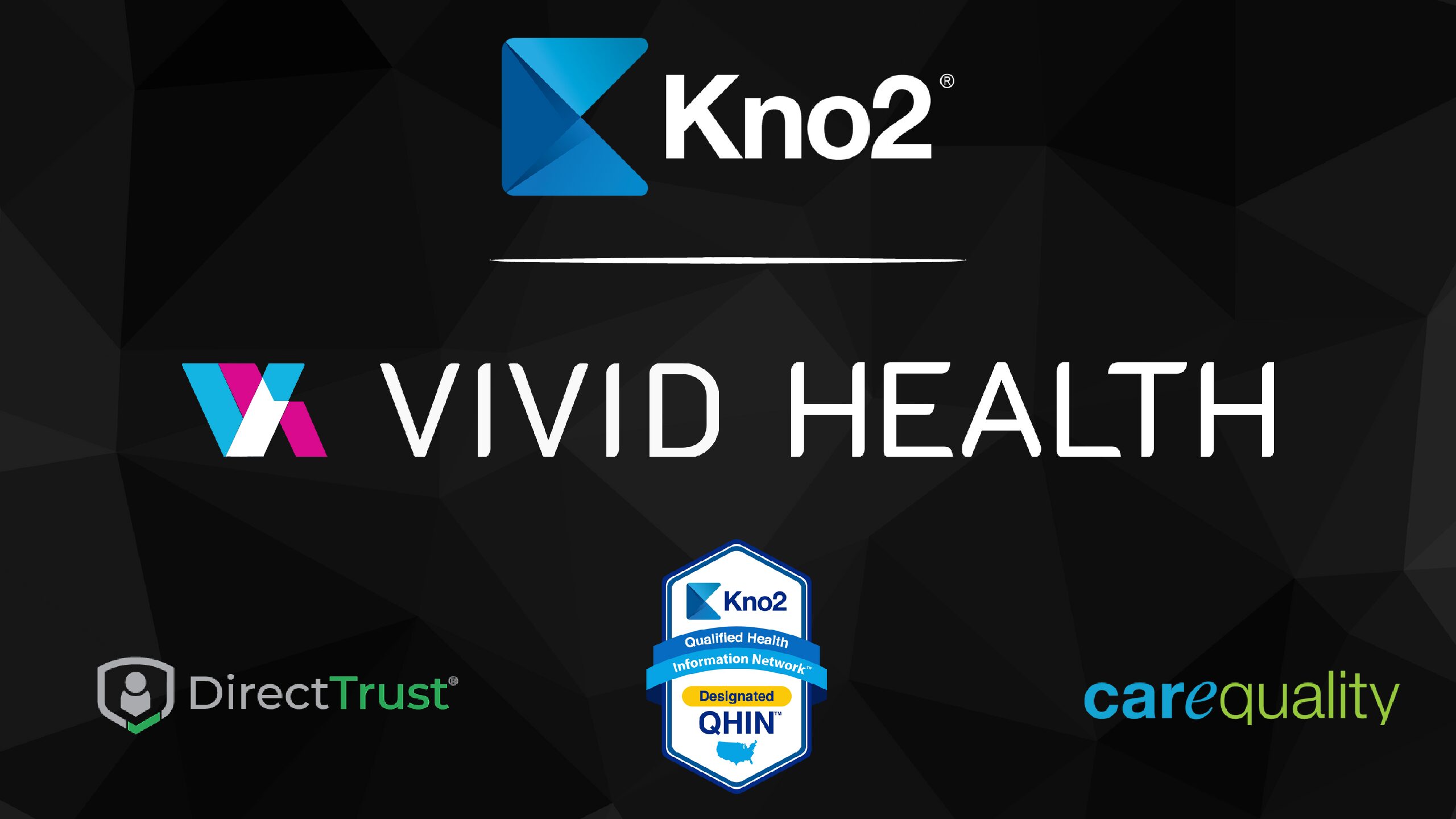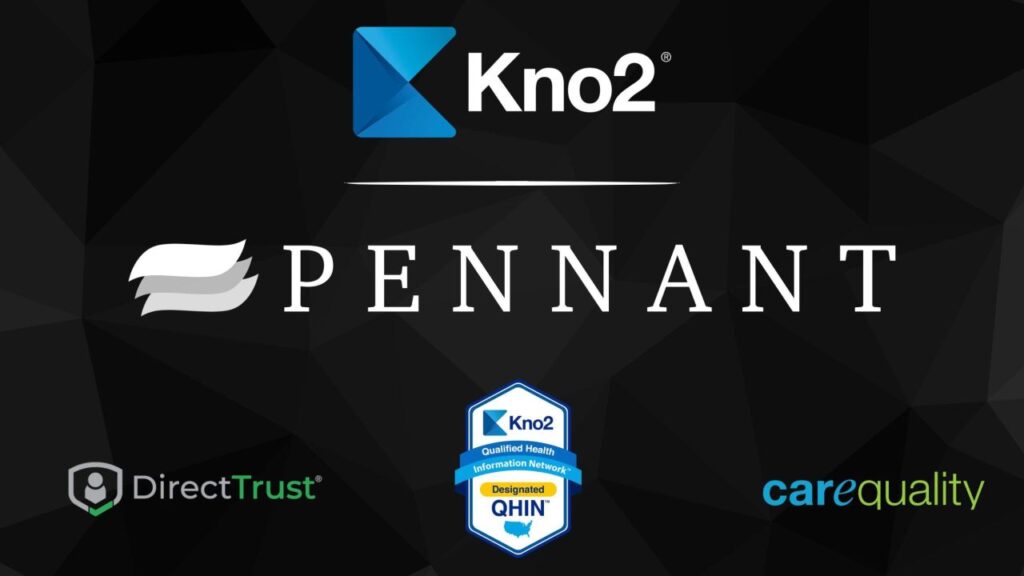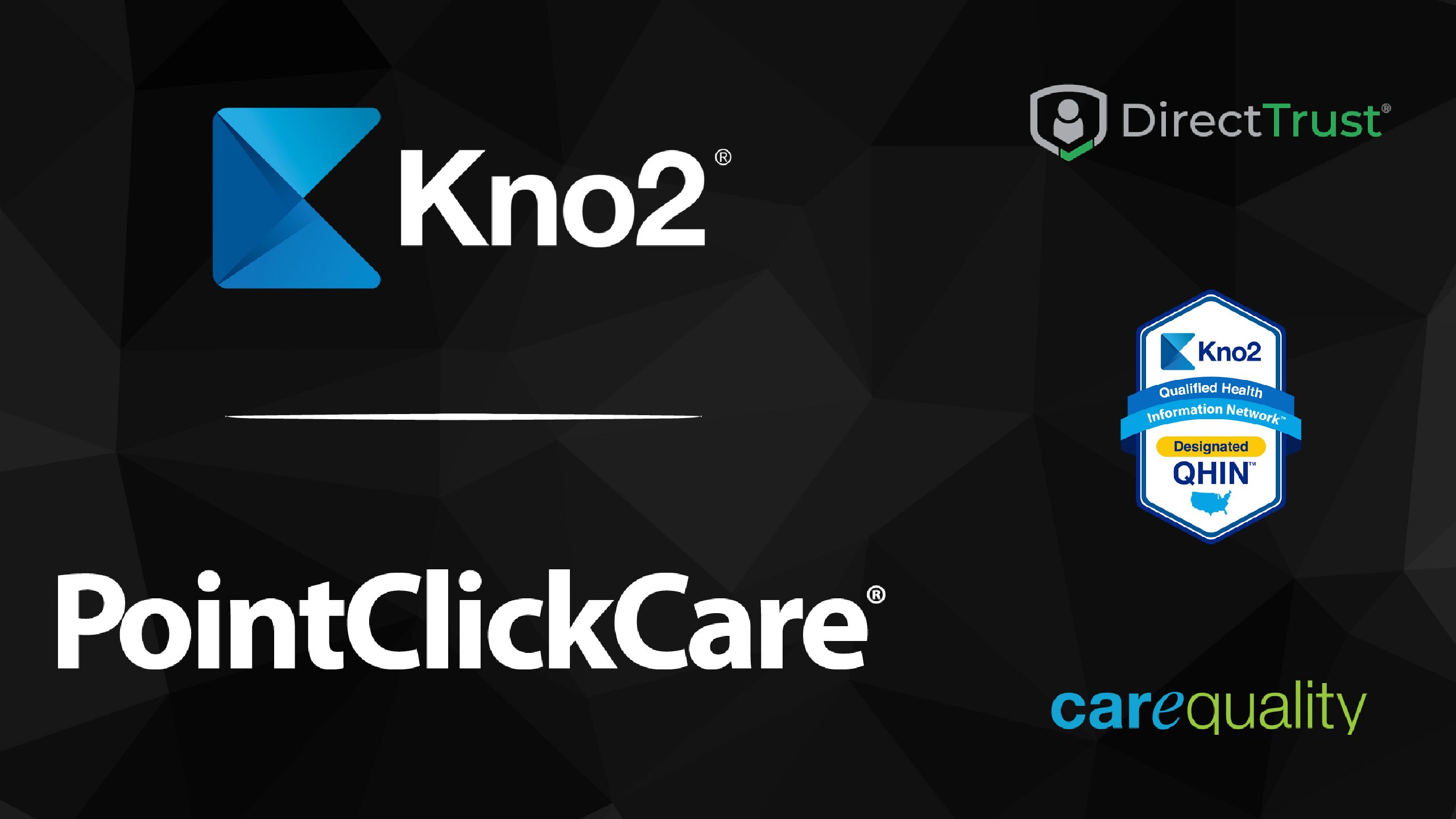With the unfolding of the CMS interoperability requirement for hospitals to send ADT Notifications, we were not surprised to see yet another flurry of activity around how to meet the rule. As long as we’ve collectively been at this, the lasting improvements in achieving healthcare connectivity continue to be reactive in origin and half-baked in execution. There has been progress, don’t get us wrong, but with every new carrot or stick introduced by CMS and others, there is a tendency to look at solutions as though EHRs are the only technologies that support care delivery, and that hospitals are the only place where care occurs (Aren’t we trying to keep patients out of the hospital?). As health IT grows weary from the rinse and repeat methods of pursuing meaningful data exchange, we challenge the industry to consider why leveraging a simple solution like Direct Secure Messaging will actually fast-track progress toward true interoperability.
Direct Taps into Interoperability Infrastructure Already in Place
Meaningful Use (MU) resulted in massive changes across the country. But like most hefty regulations, it serves as a modest starting point while accommodating the substantial scale of US healthcare delivery. The beautiful thing about leveraging Direct as a byproduct of MU is that it’s already in place! The work has been done, and the workflows established. Simply standing up Direct is one thing, but where we really start to impact care quality and disease outcomes is when we actually use what is there in innovative new ways.
With Admission, Discharge, Transfer (“ADT”) Notifications as the most recent example of use cases for leveraging Direct protocols, think about the other ways that this simple push mechanism can be used to connect care providers. We’d all like to think that out-of-band communication channels aren’t still being used. But when the existing means preclude ease of adoption, provider-to-provider interaction is going to happen however it needs to, especially in emergent circumstances. Expanding the established workflows for receiving (and responding to) Direct Secure Messages with ePHI can go a long way for not only keeping the infrastructure healthy, but also encouraging progress and refinement.
Direct Exchange Doesn’t Leave out the Little Guys – it’s Inclusive
First off, we use the term “the little guys” with as much love as we can muster. Our heart as an organization is to democratize healthcare communication for all, which has notoriously been a playground for those with the biggest budgets and largest IT Departments. Since much of medicine and holistic care delivery takes place outside of the walls of hospitals and robust health systems, we are only limiting our abilities to move the needle on quality and outcomes as we ignore this very important fact. One of the reasons we can easily champion Direct Messaging is that it has a trust framework and simply requires an internet connection and awareness of the inbox. The end. At the end of the day, Direct provides a proven method to send and receive patient information.
Fast-Tracking Interoperability with Fresh Use Cases
The team at Kno2 looks at things differently. We’re in the healthcare space because we see opportunities to disrupt the cumbersome, expensive, ineffective history we’re all trying to overcome. Our solutions advocate for looking to the successes we’ve achieved in interoperability and building upon them to expand the reach of care delivery (quite literally) and bring more types of providers into the folds of connectivity. Considering fresh ways to use existing technology and solutions, such as Direct Secure Messaging for ADT Notifications, EMS patient care reporting, eSignature, care plan automation and others, is how we encourage growth beyond the incented behaviors. Let’s revolutionize things!






